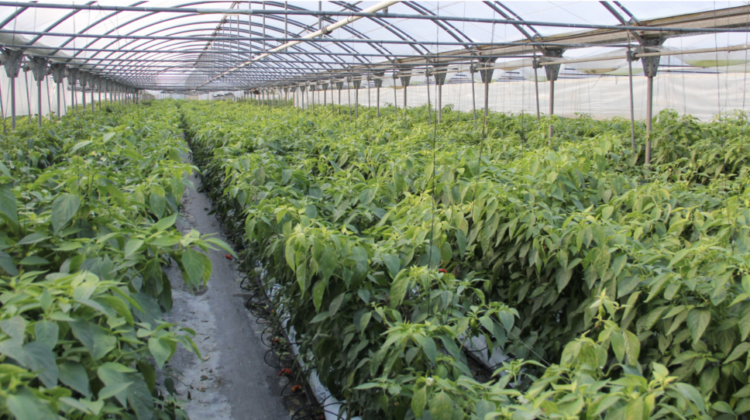
Intelligent Food Production is now micro
Sustainable Agriculture and Microrobotics
We read and hear news about ‘exponential growth’. We take vegetables and fruits for granted. We disregard the immediate vitality of our local farmers to the fabric of society and the national economy.
What does growth in terms of our economy, population, crime rates, and resources really mean in news reports and official statistics?
There is a finite number of natural and synthetic resources. It is predicted that the exponentially growing population would leave a single square meter per person in the next seven hundred eighty years. We hear about transitions to ‘green energy’ as fossil fuel prices skyrocket due to our exploitation of fossil fuel reserves and climate change. Beyond just materialistic needs such as gas for transportation, our drinking water supply is getting closer than ever to simply not be enough and agriculture is already not enough to support dozens of countries.
We must change how we approach transforming the perpetuating empty warnings of our depleting natural resources into calculated actions as a global effort.
Sustainable farming/agriculture is part of the journey of change we need to make. By building on the intersection of advanced robotics and supercomputing processes, we can double crucial crop production in half the time.
The Netherlands has already taken steps forward with this approach of technology-driven agriculture. In their modern greenhouses, they use supercomputers to manipulate the temperature, humidity, and artificial light based on the conditions of the plants. For example, if the tomatoes in a certain part of the greenhouse are processed as dry based on the video feed it receives, it can either signal someone to water those tomatoes or release stored water above all the plants. However, the critical is not keeping track of the plants’ nutrients but rather optimizing the resources we expend for the maximum output.
A vital nutrient for tomato plants is calcium carbonate, which can be provided through stomach antacid supplements, banana peels, coffee grounds, general composting, etc. Without the right balance of water, sunlight, calcium carbonate, hydrogen, phosphorous, manganese, and the list goes on. There are so many nutrients to monitor even outside of a supercomputer to monitor. Here’s where microbots come in.
Autonomous Microbots, sub-milligram self-powered mobile robots, can be computer programmed to zoom around from individual plant to plant, and with swarm intelligence, they can coordinate across an entire farm. Similar to the supercomputers recognizing and controlling the climate in greenhouses, microchips sitting in the soil of plot of land all across can monitor and through color signals, communicating with other microbots to bring and deposit a certain element for that area or an individual plant. Dozens of ionocrafts, a particular flying autonomous microbot, can be coordinated with the supercomputers to actually carry nutrients and fly them over to the deprived area.
Design, Process, Method
Here, we must introduce swarm-intelligence, a naturally occurring and artificially engineered form of group power. Microbots will come together in varying swarm shapes serving three functions: alerting, monitoring, deploying. The first swarm will hold a shape similar to the swarm shape of honey bees and hornets. The bee-like swarm is the fastest way for microbots to reach from a crop field, notified of lacking nutrients, to a nutrition storage unit with other microbots. From the storage unit, microbots, flying in V-shapes similar to crows, will carry a cargo of the lacking nutrients for the crops. The V-Shape allows for the most area of the crop field covered. The third version of the microbot swarm is a simple circle model that serves to optimize microbots testing the soil and breaking down the composition by the percentage of elements and minerals. In this way, we have designed a swarm-intelligent system where microbots take on several different forms to run an efficient nutrition monitoring initiative. As microbots communicate missing nutrients using MEMS chips, swarm-intelligence, and micromotors, farmers will be the primary component of quality assurance engineering. Farmers and Plantation Owners would measure seasonal change and make predictions on the composition of nutrition each row of plants must target, modifying microbots to suit the changes. Farmers and microbots would be part of an interconnected system of plants, microbots, and humans that ensures a more sustainable approach to agriculture: intelligent food production
Implications
Although this system seems technology-driven, the human component of sentience remains the power to shift the gears of this process. With microbots and supercomputers working with human instinct, sustainable agriculture can have a more positive connotation with attached excitement rather than the anxiety of an issue. Our technology is advancing. As a global effort, we can beat the population growth and resource depletion. Focusing on every single plant, we can optimize the future of a single garden, a single farm, a single forest, a single country, a single continent…someday, beyond our single Earth.
